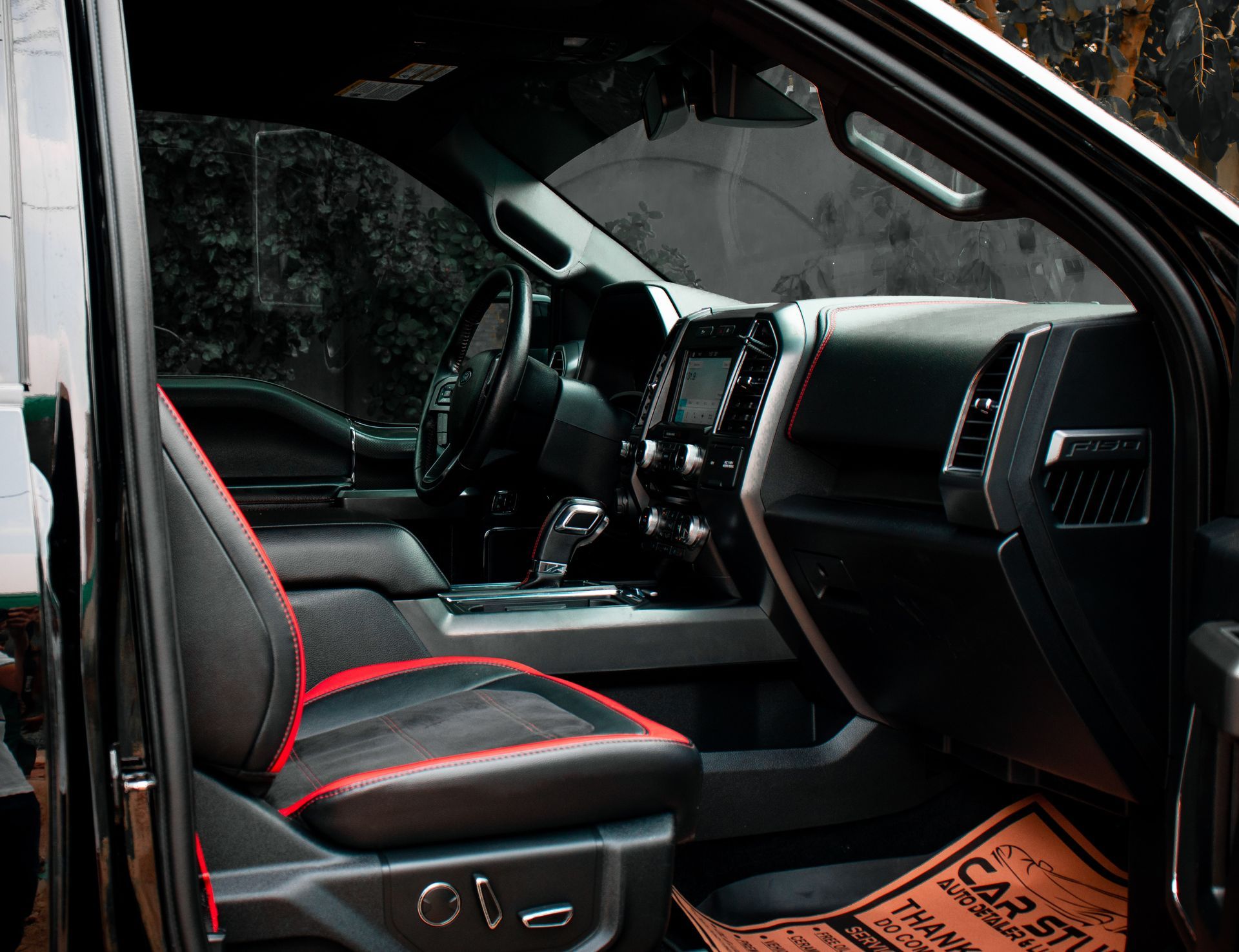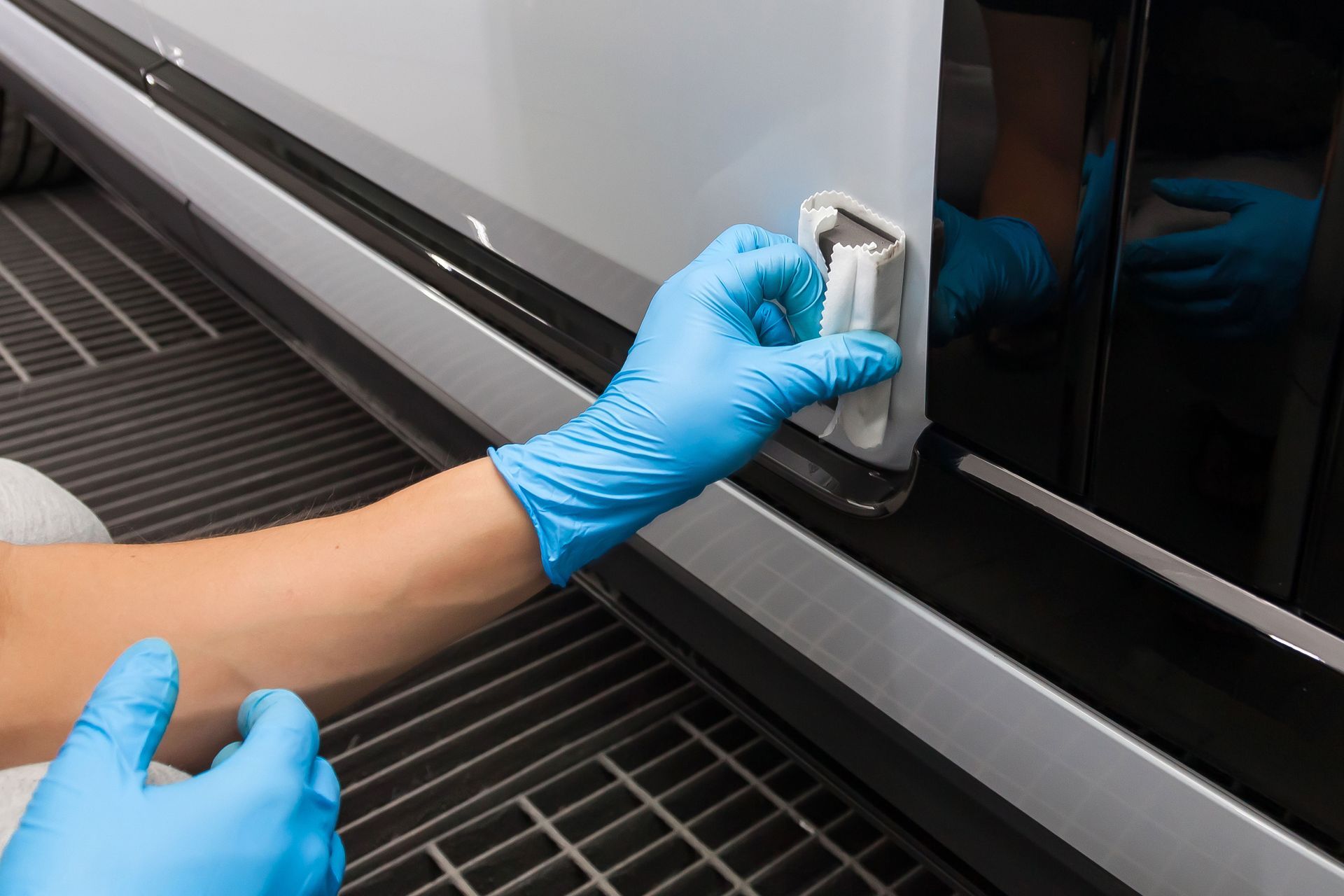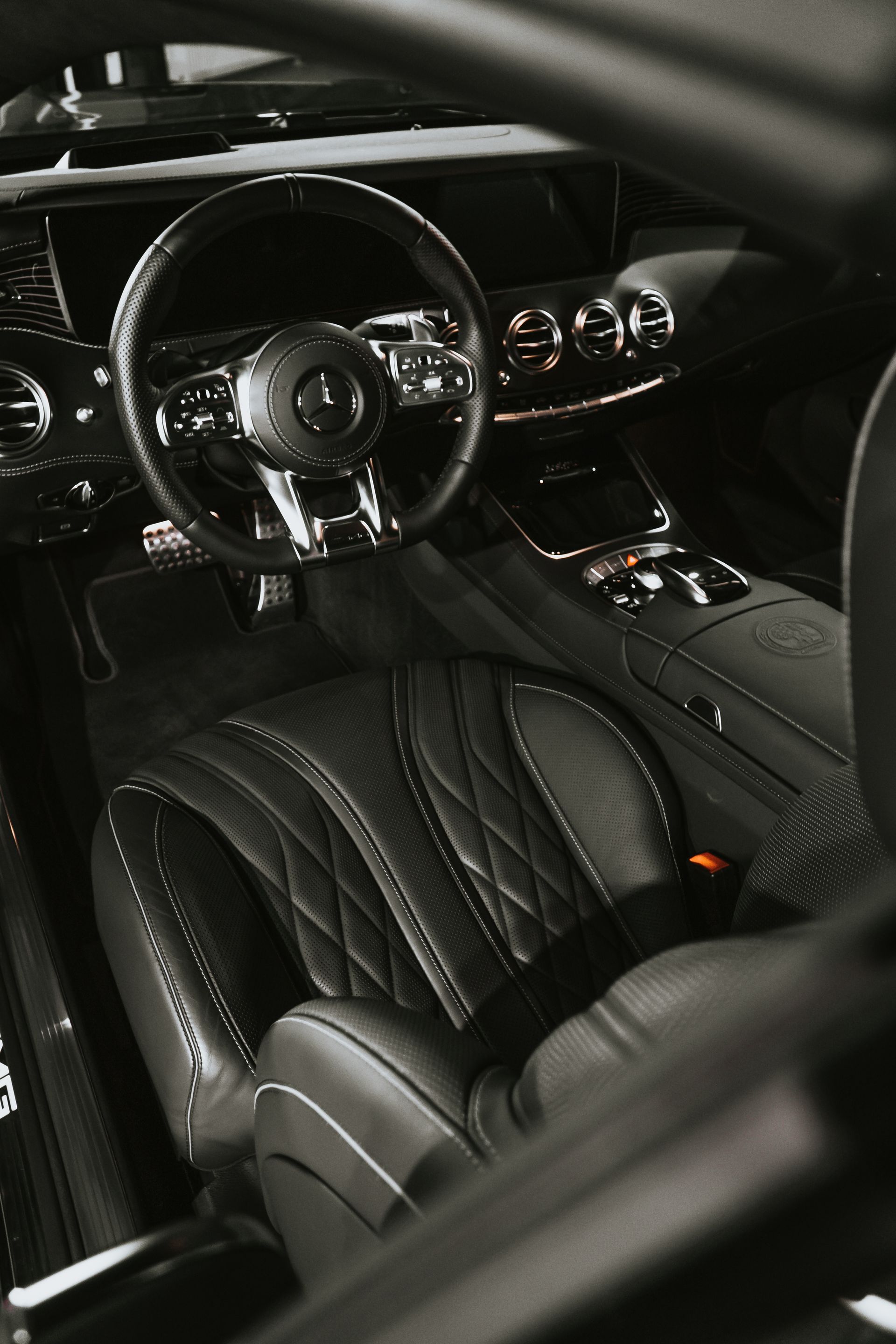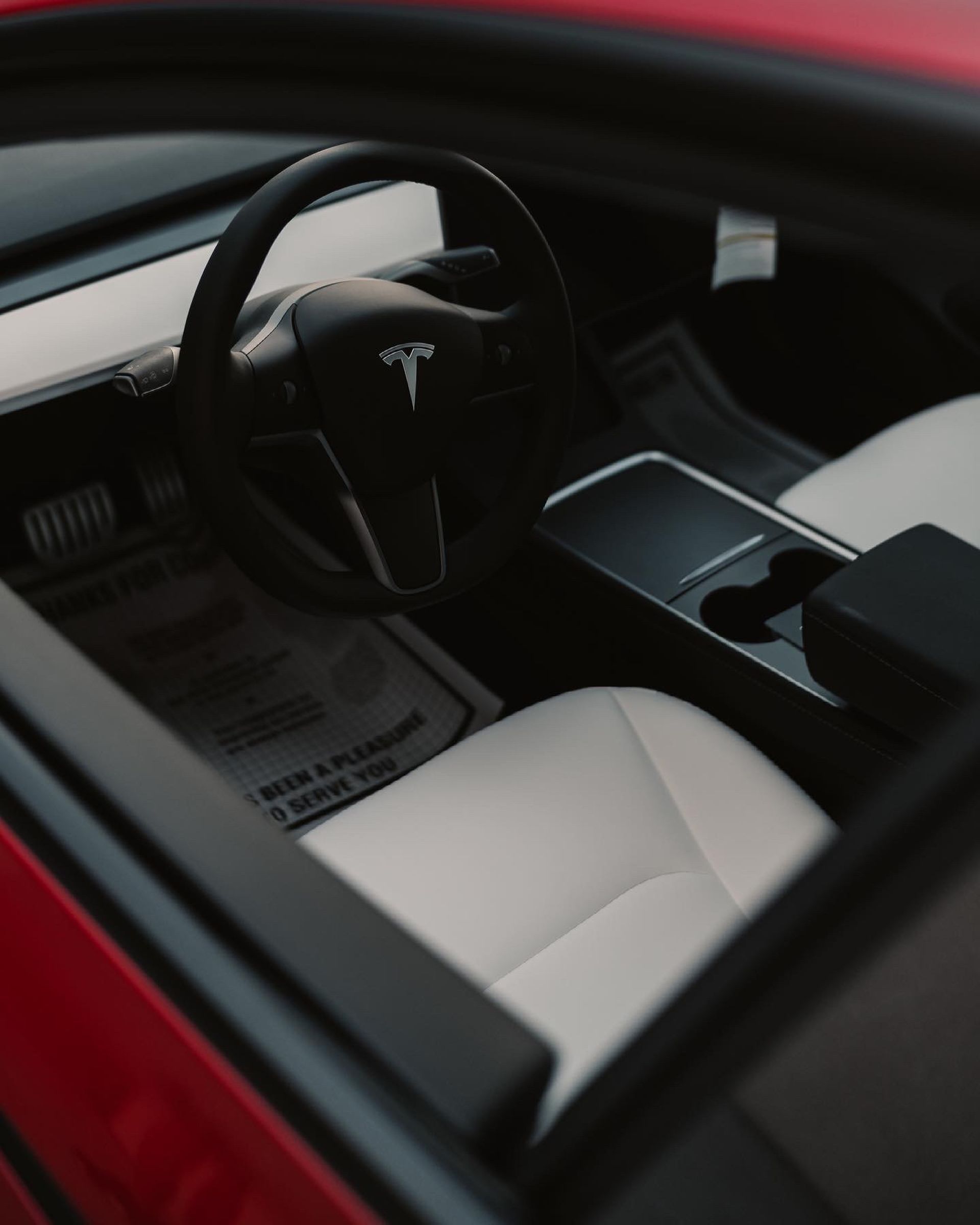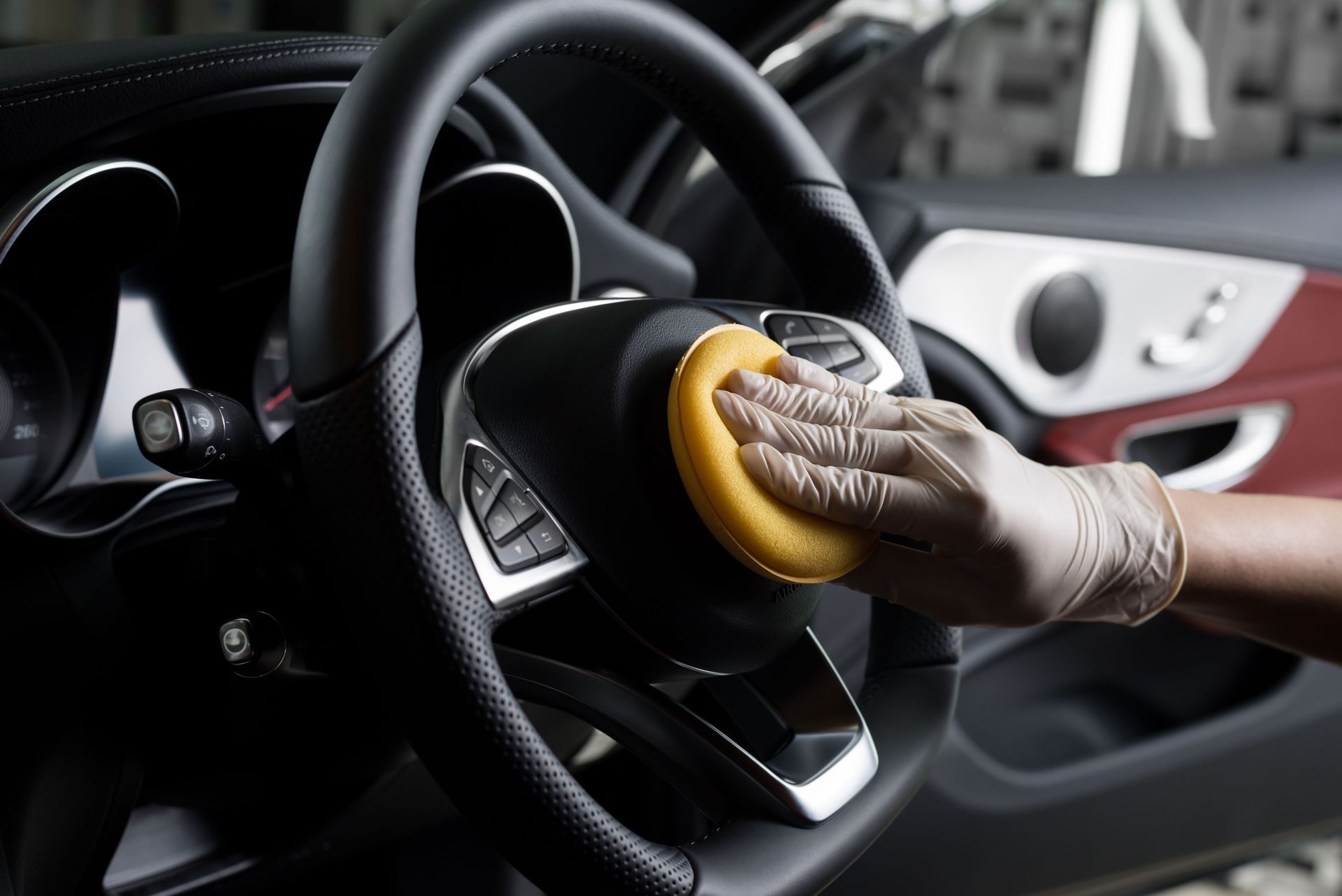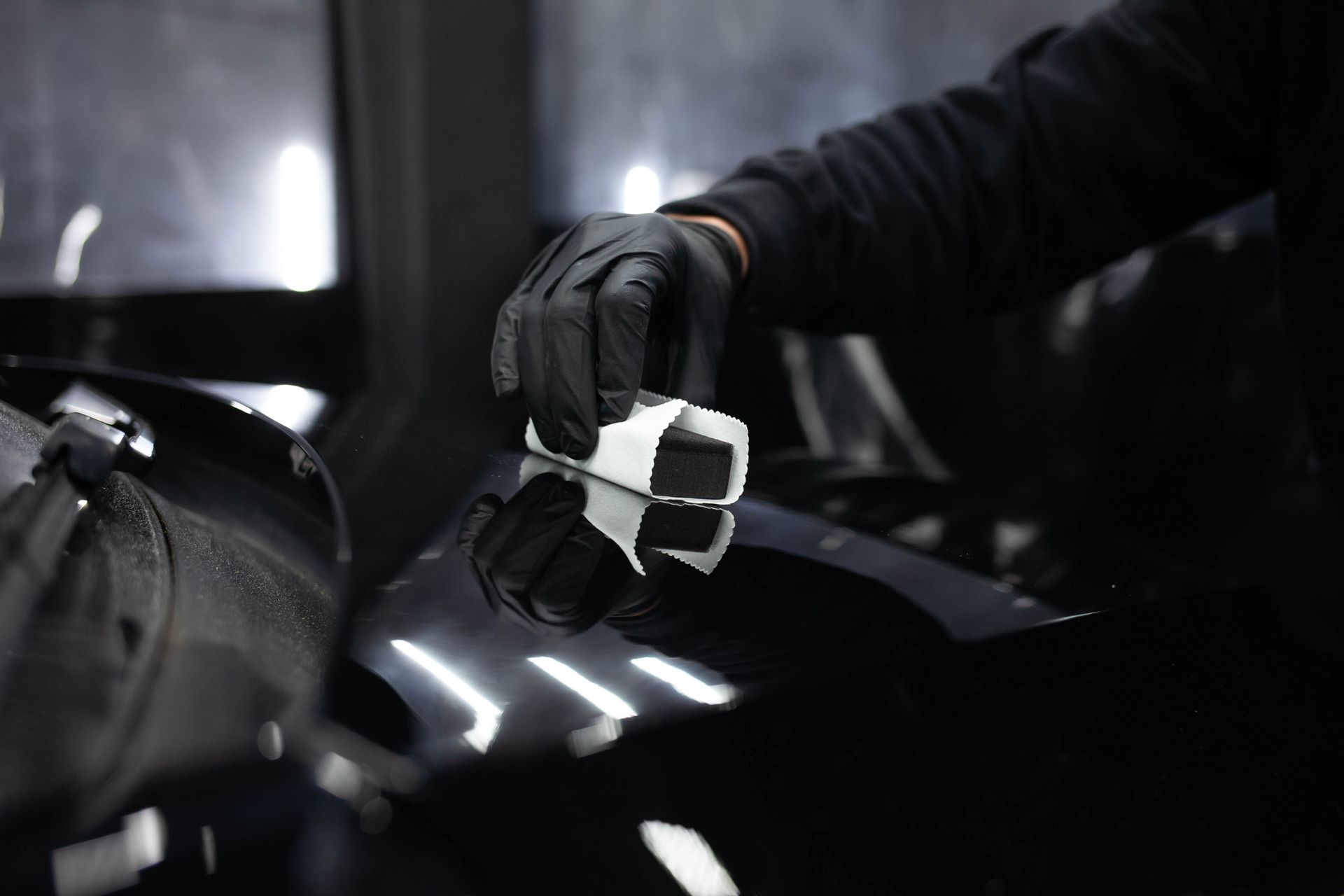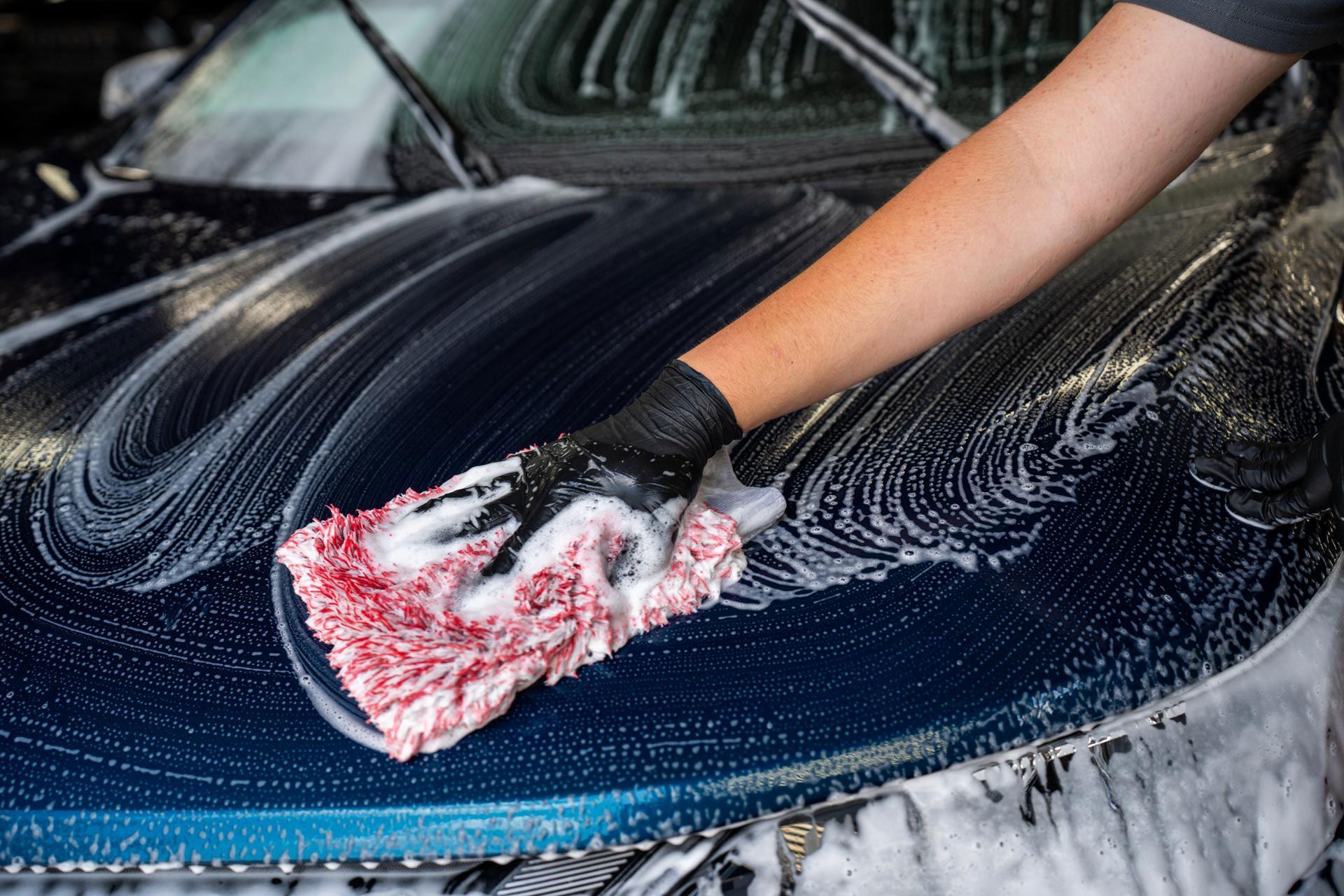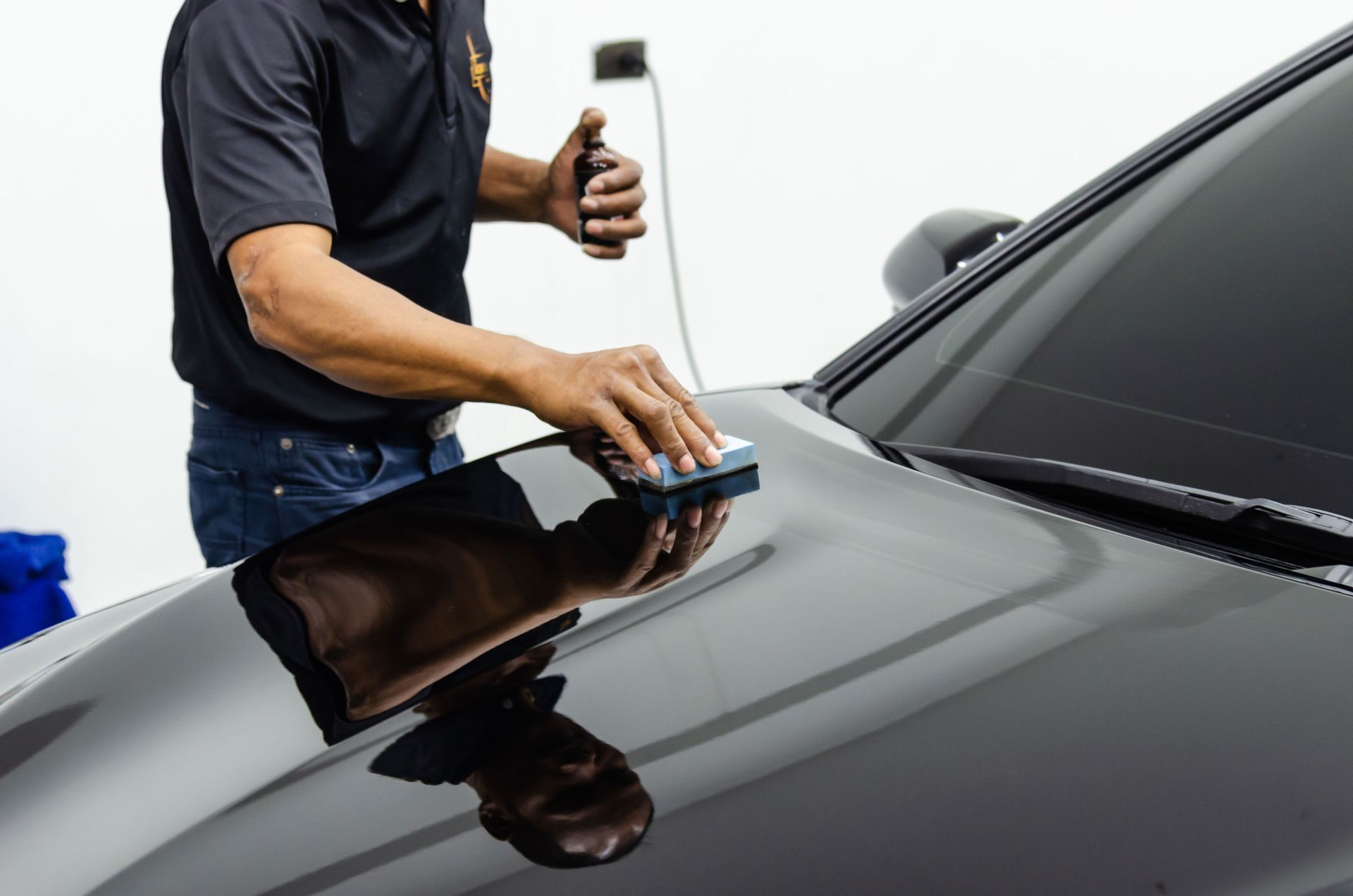How Charleston’s Coastal Climate Affects Your Car (And What You Can Do About It)
TL;DR – Car Care in Charleston’s Climate
Charleston’s weather is tough on cars. Salt in the air causes rust. Intense sun fades paint and cracks interiors. Heavy rains and flash floods can destroy electrical systems and trap moisture inside. This guide explains what’s happening, and exactly how to protect your car, with practical, location-specific advice.
Introduction
Charleston’s beauty comes at a cost when it comes to owning a car. The city’s coastal location, intense sun, frequent humidity, and heavy rainstorms make it one of the most punishing environments for your vehicle’s exterior and interior. While most car owners think a wash and a vacuum is enough, Charleston drivers need to take things further.
This blog is your comprehensive guide to understanding the damage — and how to prevent it.
Salt Air and Humidity
Why It’s a Problem
Charleston’s location near the coast means salt from the ocean constantly drifts inland. Combine that with high humidity and you get rapid oxidation — the stuff that causes rust, paint failure, and long-term structural damage. This affects:
- Undercarriages
- Brake lines
- Exhaust systems
- Door seams
- Suspension components
What It Looks Like
- Rust stains under the car
- Bubbling or flaking paint
- Brake noise or failures from corroded lines
- Surface roughness under doors or around wheel wells
How to Prevent Salt and Moisture Damage
Wash your car weekly
- Focus on the undercarriage and wheel wells
- Use a pressure washer or visit a wash with underbody spray
- Especially important after driving near the beach
Apply ceramic coating or paint sealant
- Ceramic: lasts 2–5 years, best barrier against salt
- Sealant: lasts a few months, more affordable DIY option
- Professional detailers like ElitePro apply this with proper prep and curing
Use covered parking whenever possible
- A garage or carport keeps salt and moisture from settling overnight
- Parking under trees can increase pollen and sap, so be selective
Inspect for rust every 3–6 months
- Check inside door frames, trunk edges, and under mats
- If you catch it early, rust can be treated before it spreads
UV Rays and Interior Heat
Why It’s a Problem
Charleston’s sunlight is strong. Summer UV levels are consistently high, and the heat inside parked cars can soar above 130°F. UV rays break down paint, plastics, leather, and adhesives over time.
What It Looks Like
- Dull, faded paint
- Sticky dashboards or cracked leather
- Yellow or foggy headlights
- Interior odors from plastic off-gassing or degraded foam
How to Prevent UV and Heat Damage
Apply a UV-protective wax or sealant every 2–3 months
- Look for synthetic sealants or waxes with UV inhibitors
- DIY with foam applicators or pay for a professional finish
Get ceramic window tint installed
- Blocks up to 99% of UV rays
- Keeps your interior up to 20°F cooler
- Prevents dashboard warping and seat fading
Use a windshield sunshade
- Foldable or reflective sunshades protect your dash
- Use them anytime you park outdoors
Condition leather and plastics monthly
- Clean with pH-balanced interior cleaner
- Follow with conditioner that includes UV blockers
- Buff off excess to avoid stickiness
Rain, Flooding, and Water Intrusion
Why It’s a Problem
Charleston averages over 45 inches of rainfall per year. Summer storms and king tides frequently cause flash flooding in areas like downtown, West Ashley, and James Island. Water entering your vehicle can destroy electronics, ruin interiors, and introduce mold and mildew.
What It Looks Like
- Damp or soggy carpets
- Moldy smells inside the cabin
- Electrical glitches or failures after storms
- Waterlines in the trunk or footwells
How to Prevent Water Damage
Avoid flood-prone areas after storms
- Streets like Lockwood, Rutledge, and portions of Calhoun flood quickly
- Use navigation apps or local alerts to check flood zones
Check door seals and trunk gaskets twice a year
- Run water over the car, then check for leaks inside
- If you find moisture, reseal or replace the rubber gaskets
Use rubber mats and waterproof seat covers
- These stop water from soaking into carpet and foam
- Easy to clean and quick to dry
Replace your cabin air filter every 6 months
- Especially important if you notice a musty smell
- Helps keep air clean and reduce mold risk in the HVAC system
Elevate your intake if off-roading or rural commuting
- SUVs and trucks can install snorkels to prevent water from entering the engine
- Not necessary for city drivers, but valuable in flood-prone or off-road areas
Pollen and Debris – Hidden Paint Damage and Clogged Filters
Why It’s a Problem
In spring, Charleston turns yellow. Pine pollen coats everything — from cars to porches — and while it might seem harmless, it’s not. Pollen is acidic, sticky, and abrasive. Left on your vehicle, it can etch into paint, trap moisture, and clog filters.
Combine this with tree sap, bird droppings, or dried leaves (especially under the hood or in air intakes), and you’re looking at both aesthetic damage and engine inefficiency.
What It Looks Like
- Yellow powder coating your car’s exterior
- Gritty feeling on paint even after rain
- Reduced airflow from clogged cabin and engine filters
- Spots or etching in clear coat where pollen has baked in
- Dried organic matter near wiper cowl, hood hinges, or air vents
How to Protect Your Car from Pollen and Debris
Wash your car every 3–5 days during peak pollen season
- Don’t wait for rain — rain mixes with pollen and makes it worse
- Use pH-neutral car shampoo to break down acidic residue
- Rinse thoroughly, including grille, windshield wipers, and door jambs
Apply a protective sealant before pollen season starts (March)
- This adds a slick barrier that prevents pollen from bonding to paint
- Makes washing easier and reduces risk of etching
Clean under the hood and around the wiper cowl
- Use compressed air or a soft brush to remove debris near air intakes
- Pop the hood and clear out leaves, seeds, and pollen that accumulate near engine bay edges
Replace your cabin air filter every 3–6 months
- If you’re sneezing when the A/C is on, it’s time
- Keeps your interior air clean and reduces allergy symptoms
Vacuum your interior weekly during spring
- Pollen easily enters through vents or open doors
- Use a HEPA or microfilter vacuum for best results
Why this matters:
If you let pollen sit on your paint for days in the Charleston sun, it can bake into the clear coat. What looks like "just dust" can cost hundreds in paint correction if neglected. And clogged air filters? They reduce both engine performance and air quality.
Year-Round Car Detailing Strategy for Charleston Drivers
Charleston’s weather isn’t just extreme — it changes fast. One week you’re dealing with salt and sand from the beach, the next it’s sticky spring pollen, then hurricane rain, then sun that bakes your dash.
The key to protecting your car long-term here is seasonal consistency. Here’s what you should do throughout the year to keep your vehicle protected — whether it’s brand-new or aging.
Spring (March–May) – Pollen Defense + Filter Season
- Wash every 3–5 days to remove acidic pollen buildup
- Apply paint sealant or ceramic spray coating
- Replace cabin air filter and clean HVAC vents
- Clean out leaf and pollen buildup from wiper cowl and under the hood
- Vacuum interior weekly to reduce allergens
Pro tip: Schedule a full interior + exterior detail before pollen season starts to create a protective foundation.
Summer (June–August) – UV Protection + Heat Management
- Apply paint sealant or wax with UV protection every 2–3 months
- Use a windshield sunshade when parking outdoors
- Condition leather/vinyl interior monthly
- Install or refresh ceramic window tint if not already done
- Park in shade or garages when possible
Pro tip: Ceramic tint keeps your interior 15–20°F cooler and saves your dash and seats from major damage.
Fall (September–November) – Rain, Debris, and Post-Summer Correction
- Clean out leaves and debris from air vents, hood edges, and trunk seals
- Inspect and replace weather seals if worn or leaking
- Reapply sealant or ceramic maintenance spray
- Check undercarriage for rust and have it neutralized if needed
- Inspect headlights and restore if foggy or yellowed
Pro tip: Autumn is the best time to schedule paint correction or ceramic coating before winter sets in.
Winter (December–February) – Salt, Storms, and Cold Starts
- Wash once a week, focusing on undercarriage and wheel wells
- Apply high-durability sealant or schedule a ceramic coating install
- Check for moisture or leaks after storms (trunk, doors, carpet)
- Replace engine and cabin filters if due
- Use rubber mats to trap wet grime and protect carpet
Pro tip: Winter doesn’t mean you skip detailing — it’s when salt damage often goes unnoticed and causes the most rust.
Final Word: Car Care in Charleston Isn’t Optional
If you live here year-round, you already know — Charleston’s beauty comes with high maintenance. But protecting your car isn’t just about keeping it pretty. It’s about:
- Resale value
- Interior air quality
- Safety and reliability
- Comfort in extreme weather
- Pride in your vehicle
Need help staying on top of it all?
EliteProDetailing can handle your seasonal maintenance, ceramic coatings, mobile washes, window tinting, and more — with precision, care, and packages designed specifically for Charleston’s climate.
Get in touch today for a quote or schedule your first visit.

